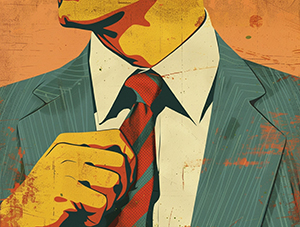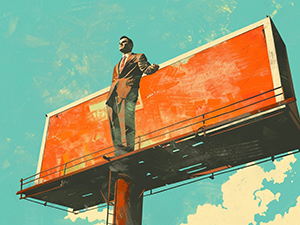How 2008 Fonts Crashed Our Psyche
Look, it’s easy to sit back in your coworking space with organic cold brew in hand and think, “I’m a modern thinker. I care about sustainability. I choose oat milk.” But have you really questioned the deeper, subconscious biases shaping your worldview? Specifically… your font choices?

Look, it’s easy to sit back in your coworking space with organic cold brew in hand and think, “I’m a modern thinker. I care about sustainability. I choose oat milk.” But have you really questioned the deeper, subconscious biases shaping your worldview? Specifically… your font choices?
Yeah, I said it. Fonts.
Let’s dive into 2008. The era of questionable Myspace layouts, WordArt crime scenes, and the unholy reign of Papyrus. Design trends were in chaos. Bleeding gradients fought stencil fonts in a proxy war no one asked for. People threw “sketchy” typefaces over gritty stock photos and called it “edgy.” And don’t even get me started on what we, as a collective species, did to the innocent drop shadow.
But the heart of this was one insidious truth: fonts came preloaded with judgment.
Comic Sans? Immediately dismissed as unserious despite its accessibility for dyslexia. Did you know it could have been a hero? *Could have been!* Instead, we tossed it into the dungeon of joke memes.
Papyrus? Oh sure, it’s the font every Reiki instructor lives for, but did it deserve Ryan Gosling’s complete obliteration in *SNL’s Papyrus sketch*? (OK, maybe a little.)
And let’s not forget Times New Roman: “the villain we’ve all been forced to write essays with,” as if versatility were an actual crime.
Now, fast-forward to today. We pat ourselves on the back for being woke in our branding — bold sans serifs, earthy tones, eco vibes. But here’s the real question: Are your font choices inclusive? Are they open-minded? Are you — wait for it — typographically intersectional?
Just imagine Helvetica, the gold standard of design snobbery. Clean? Sure. Neutral? Never. It’s got all the charisma of an uncooked potato, yet it’s been hoisted up as the pinnacle of aesthetic design, bulldozing regional and cultural typography quirks in the name of *“modern somberness.”*
Perhaps it’s time to *liberate ourselves*. Bring back serifs for informal emails. Let Brush Script run riot at your next board meeting. Respect Wingdings as a valid form of communication (OK, just kidding, don’t do that).
Ultimately, fonts don’t have to fall into the cages of “basic,” “boring,” or “overdone.” They’re capable of nuance—same as people—and maybe (just maybe) a world where we embrace funky typefaces without shame is a world where our creativity, individuality, and inclusivity thrive.
We’ll probably still dunk on Comic Sans, though. Some things never change.
*(P.S. A moment of silence for 2008-era Lobster font. You lived fast. You died young. You were everywhere, and yet you overstayed your welcome.)*.








